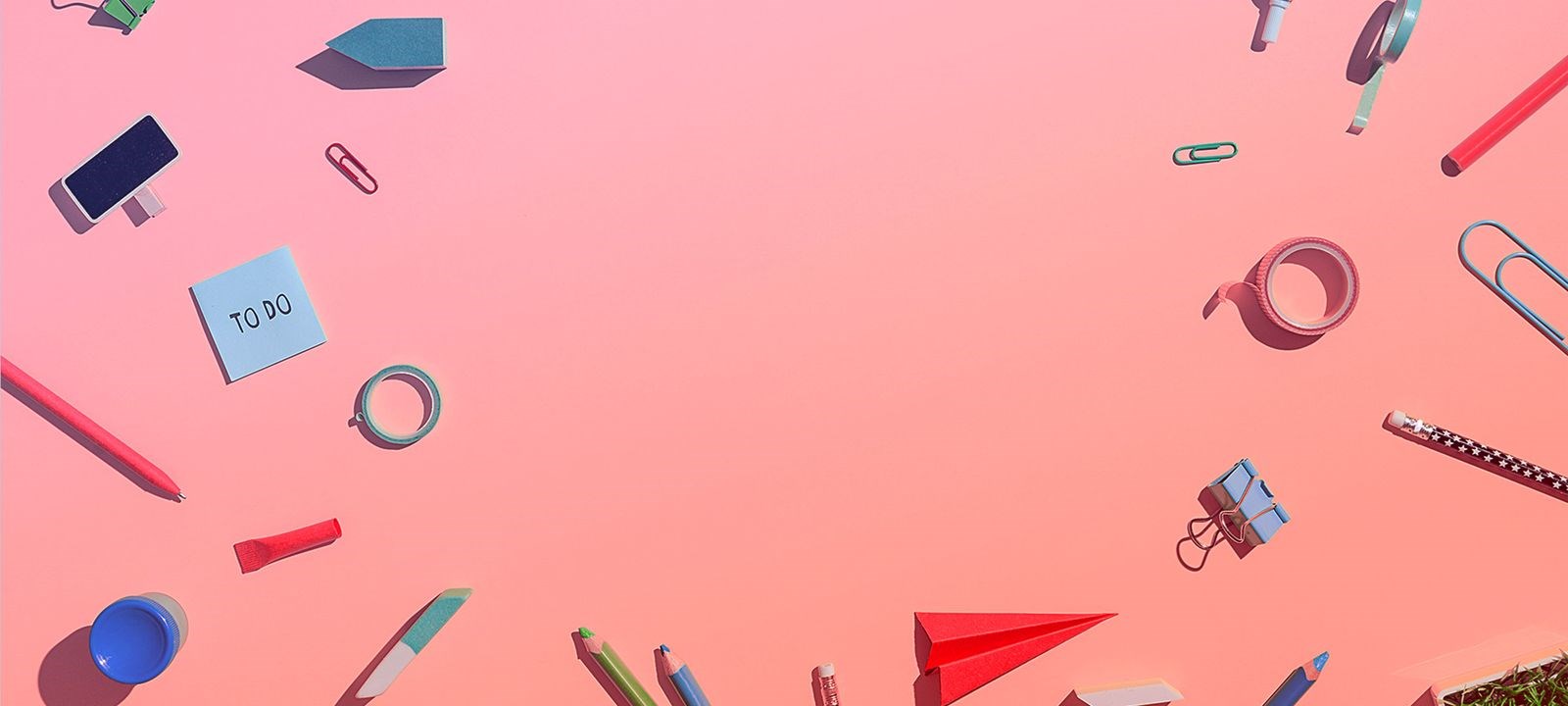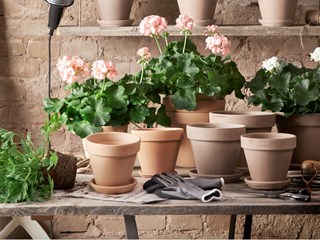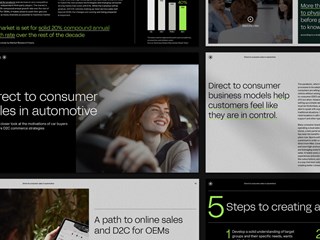Brands in 2020 Need To Be Original and Authentic
When real-life interactions are no longer possible, the need for brands to share great, genuine and relevant content makes more sense than ever. More than just producing relevant content, there is an urgent need for it to be authentic and emotive. Design Systems have been around for years in the product/UI design space, but why not apply those same rules to other avenues too? When so many brands still rely on PDFs for content production, how about using design systems to help you design, create and deliver better, faster and more convertible content?
Interesting examples have emerged over the last few months that have touched people more than ever. We’ve seen artists perform from home where we’ve witnessed the raw originality of their own personal creativity. Equally, the fashion brand Zara asked its models to photograph themselves with the new summer 2020 collection they received at home. Somehow those images reflected a much realer state, and in turn made it a thousand times more relatable. When artists or brands show their individuality, we see uniqueness and originality. We feel close and connected.
When a brand has multiple collaborators and content producers, it makes it a little bit more challenging to develop that originality that would make the brand emerge from the others. In the past, brand guidelines outline the storylines and rules to show a personality we could like and relate to. But for today’s need for design at scale, from multiple content creators to the mass of content it’s necessary to produce; this complexity is something we never seen before.
From multiple and gradient colour palettes to flexible typography and procedurally generated brand identities, design itself will have to move quickly to keep pace with the unstable political climate, on-demand culture and shortening attention spans of a society with little patience, and little appreciation for the previous generations’ meticulous approach to long-lasting, but ultimately, static design.
- Alex Halfpenny, design director at Elmwood.
As designers who work on a day-to-day basis with brand guidelines, we know the limits of strict rules and the subjectivity that will bring to big teams. UI designers have been working with design systems for years now and the logical next step is to apply that system logic to marketing material. Before going there we need to ask the question: What is a design system?
A Design System for Marketing Content
A system is much more than guidelines. Instead of giving you directions that can be interpreted differently—and because explaining all the do's and don’ts can be a fastidious job—a design system lets you play with pieces in a LEGO-style approach. There is less room for error and subjectivity if the pieces are already made to fit together both functionally and aesthetically. A great design system will give you all the components you need to make the final pieces. It’s a library that will include your foundations (and what you would naturally describe in a typical brand guideline), but all of the working parts are ready to be used and combined. A design system takes shape in phases. From planning to design then build to launch and maintain. There are tools to utilise, with working files, libraries, templates and reference files all included.
The main and most obvious reason that Design Systems are such a success in User Interface products is because they are often about economy of time and increased consistency: The consistency in the delivery for a better user experience ultimately means more conversions. Establishing a common language means faster and better quality production because teams are focusing on where to bring value instead of recurrent artifacts. It makes it easier to test and to maintain. Those Design Systems go as far as having the same convention in the development phase on top of design—again making the delivery faster and better. Refer to Brad Frost’s Atomic Design Book for all the extensive details.

The benefits of great Design Systems can be easily applied outside digital products too. Here’s another great example from the city of Oslo and creative agency Creuna. “A dynamic motion pattern is defined, that makes the identity easily recognizable when it comes to life in various media formats.” It’s a great example of how a design system can free you up to create rapidly and fluidly whilst still remaining totally identifiable.
A Solid Foundation To Be More Creative
When the foundation is solid, the team can start to build much faster and use that additional time to build more creative assets.
- Roxana Brongo, Creative Lead, Valtech Canada
The type of companies that would benefit the most from a Design System are the ones dealing with complex internal structures, multiple platforms, brands and media that make it hard to meet the pace of production and the high quality that they’d expect their brand to reflect.
When so much is already pre-defined, working with design systems can actually free you up to be even more creative; when you aren’t distracted by templates and guidelines, you can focus your attention fully on the creativity of the content itself.
We worked with a leading manufacturing company to achieve just that. The client had three main challenges. Firstly, they had multiple projects with multiple teams, next they were combining multiple markets/countries into a single ecosystem, and lastly they had a new brand overhaul in 2018. The solution was to create a single source of truth: a Design System with all the elements that allowed different teams to design at scale.

For brands to achieve that base foundation and to start creating a usable design system, the first step is to assess what’s already there and to decide what content can be divided to create templates. Take the existing brand guidelines and work out how you can apply those to a digital set up then build a master file with your foundations. Remember, everything will be needed everywhere, so you need to include logos, colours, typography, etc—get it in a library with drag and drop functionality. Once you have the foundations in place, then you can work on building templates per platform (e.g. you might decide to split it between platforms/markets), then start testing on mobile and desktop. You can start to launch your first posts with the new system and then get iterating and optimising based on feedback—if marketing has been trialing the new template, they will need to let you know what is/isn’t working and then you can switch it up accordingly. Once you’re happy with the foundations, then you can start being even more creative and adding new ideas like GIFs—whatever makes sense for your brand/audience.
The main value of the Design System was to reduce inconsistencies and build content faster. It’s a question of efficiency for today’s need to scale. In turn, that led to better visual consistency, faster production times, higher quality results, a shared vocabulary, useful reference and a future-friendly foundation.
In times like these, when it’s so important to be making connections that are meaningful and relevant content across multiple channels, our marketing and creative teams are using design systems to enable our clients to flourish in the face of disruption. From retail to mobility, luxury to finance, we have the teams and experience to support clients in surpassing their content ambitions.













